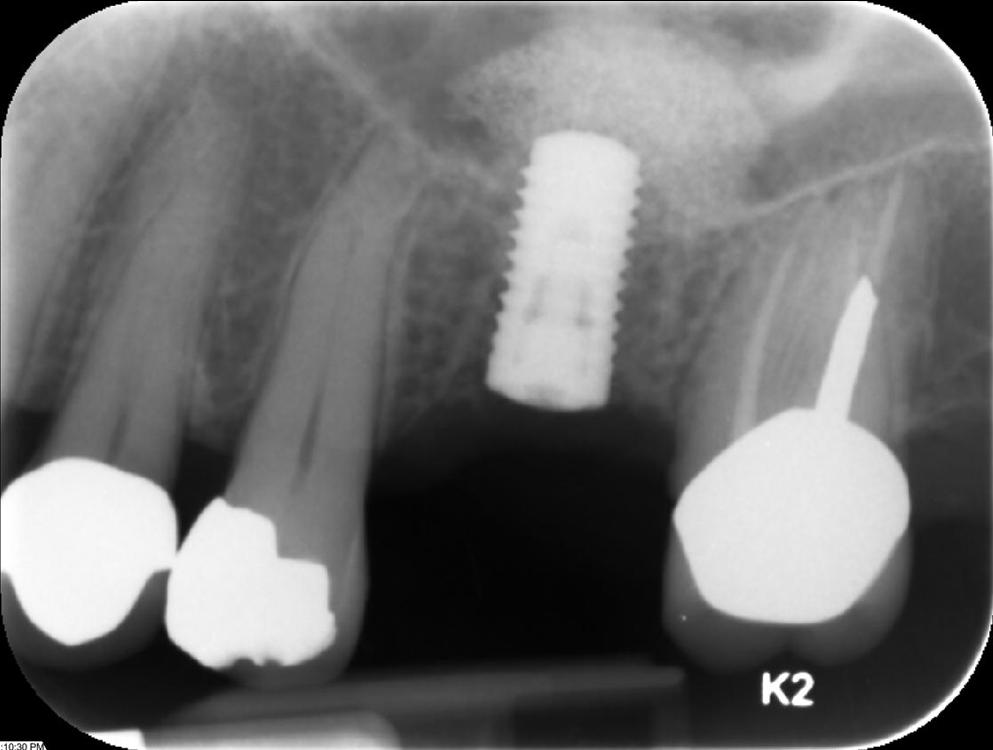As dental implants have become more and more popular sinus lifts have also increased in popularity. But what is a sinus lift and what does it have to do with dental implants? In today’s blog post we’ll teach you the what, why, and how’s of sinus lifts!

What is a sinus lift?
A sinus lift, also known as a sinus augmentation or a maxillary sinus floor augmentation, is a procedure that makes it easier and safer to place dental implants. Much like a bone graft, the point of this operation is to provide a solid, strong platform upon which a dental implant can be placed. To make room for more bone, the sinus membrane has to be “lifted''. The cavity is then filled with bone powder which will integrate into the surrounding tissue.
Why would you need a sinus lift?
The most common reason for requiring a sinus lift is deterioration of natural jaw and gum tissue after tooth loss. Once a tooth is lost or pulled the surrounding area will begin to recede and weaken. If you have been wearing a dental bridge or a denture, or have a missing tooth that has not undergone restorative treatment you may need a sinus lift before implant surgery. You may be able to avoid this procedure by having your implant placed shortly after losing the original tooth. Dental implants act as an artificial tooth root, which stimulates and supports the surrounding tissue, preventing deterioration.
How is a sinus lift performed?
Once the source of the extra bone is determined, the doctor will then take a CBCT scan, extensive x-rays, and oral scans of your jaw and sinus to determine exactly how your treatment should progress. Once the surgery begins the dentist will cut through the gum tissue exposing the bone below. They will then bore a small circle in the bone, raise that into the sinus cavity space, and fill the space with a bone graft. They will then close the incision and your healing process can begin.
After the sinus lift
Generally people only experience mild discomfort after a sinus lift, with possible side effects being slight swelling or bleeding from your nose or mouth in the days following surgery. During this recovery time it is best to avoid blowing your nose or sneezing, which can jostle the bone graft or loosen stitches. Generally your dentist will place your implant 4-12 months after the sinus lift surgery, in order to give the new bone time to merge with your existing bone.
No matter what your dental needs are, you are in good hands at Stubbs Dental. Our caring and tested professionals have years of experience and additional training so we can provide only the highest quality care. If you are in need of a dental implant or any other dental work, please contact us today!